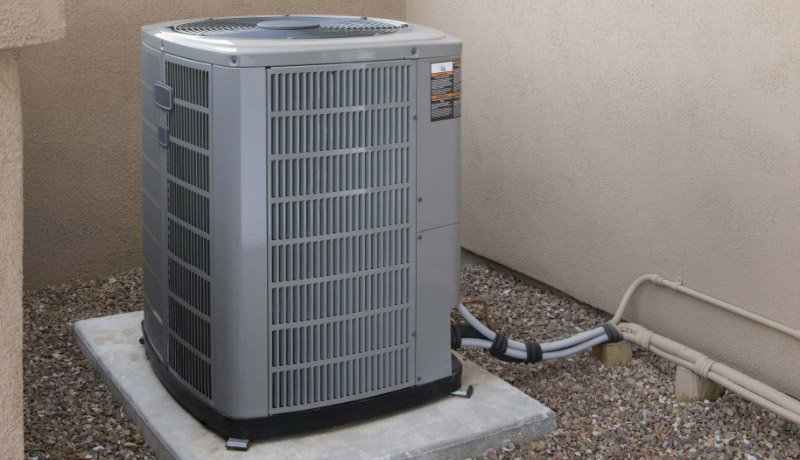3231 E Washington St
Phoenix, AZ 85034
3231 E Washington St
Phoenix, AZ 85034
Installing a new HVAC system for your home offers many advantages. You’ll gain improved energy efficiency, fewer repairs, better indoor comfort, and a longer service life. Quality installation for your new HVAC system is critical for making sure you gain these benefits – a botched installation can leave you feeling uncomfortable and with many problems to correct.
When selecting a new HVAC system, features are important – capacity, efficiency, convenience. The truth is, these features will not do you the good you expect if the heating or cooling system is not installed properly. Proper HVAC installation allows a new heating or cooling system to function as expected and perform to the levels stated.

If a new heating or cooling system is not installed according to the manufacturer’s specifications, it will not perform properly. When the system isn’t performing as expected, efficiency levels are impacted. While you purchased your new system based on the high SEER, HSPF, AFUE, and/or EER ratings, the system will not be offering such efficiency when it is not installed properly. The additional investment you made in a higher efficiency unit will not provide the return in energy savings you expect without skilled installation. The unit is forced to consume more energy to get the job done. Poor HVAC installation has the potential to decrease efficiency by up to 30 percent!
Without proper installation, your new heating or cooling system cannot perform properly. Performance issues often translate into poor comfort control in the home. When installation is botched, it may be difficult for the system to deliver the appropriate amounts of heating or cooling, or maintain even temperatures throughout the home. While you purchased a new HVAC unit for improved comfort, you’ll find it’s a struggle to achieve when installation is faulty.
A faulty installation is costly in energy waste and poor comfort control, but also service life. A unit not installed to correct specifications is likely to fail earlier than if it had been installed correctly. This is because a faulty installation forces the system to work improperly, consuming more energy to work and stressing the system. Components wear out faster and the stress causes increased breakdowns. HVAC units typically last between 10 to 15 years; one that was installed improperly will be more likely to fail sooner. Improper installation costs you more because you’ll be paying to replace the unit sooner than expected.
While the major HVAC installation work will be performed by your AccuTemp Nate Certified HVAC technician, there are a few steps homeowners can take to prepare their homes for a new heating or cooling system. Taking these steps before the installation date can help the job be completed quickly and effectively.